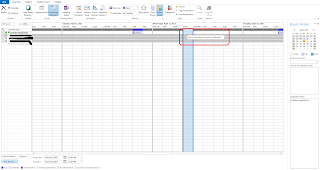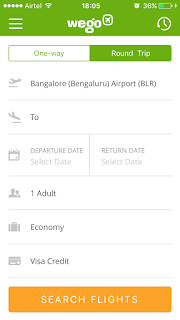Flight booking is a daunting task based on whether you use airline mobile app like Singapore Airlines or an aggregator mobile app like Kayak or Clear Trip. A traveler must make a smart decision from hundreds of search results based on departure and arrival airports, connecting flights, airline carriers, layover time, number of stopovers, meals and many other criteria. Usually, traveler might informally consult friends/family/colleagues to get the best deal. And this consulting is time consuming. As the time ticks, ticket prices go up too, leading to an expensive trip.
Google Flights gives tips to travelers. It can be a date tip where tickets are available for cheaper prices on particular date or an airport trip where few airports are cheap to fly to. They also give a cabin tip, nudging you to fly Premium Economy class. While date tip and airport tip might lead to slight loss for them, they hope that they might make some money if travelers use the cabin tip.
Note that Google Flights offers cheaper prices for free, hoping to gain market share in the flight travel market, not to mention their acquisition of ITA Services a while ago.
What kind of tips do you offer your users?












